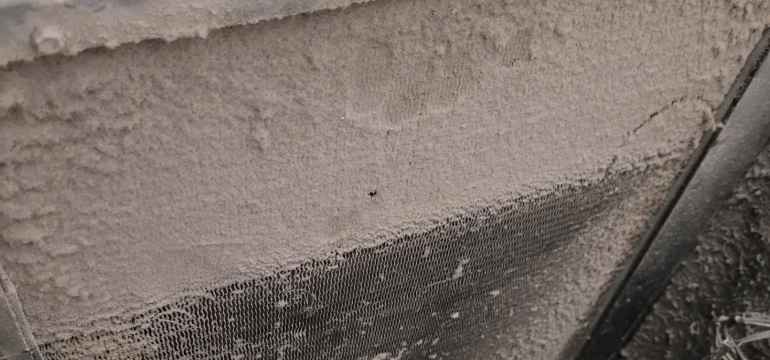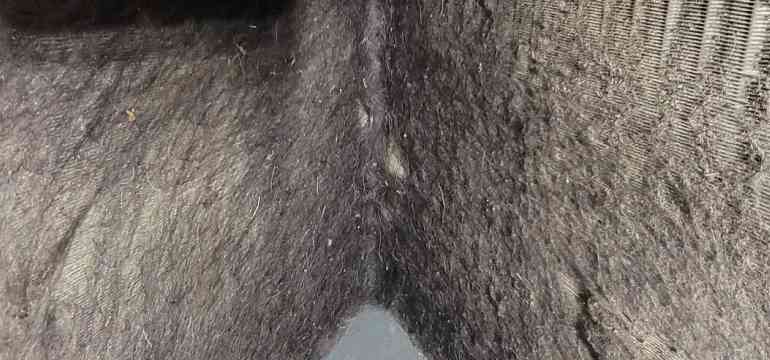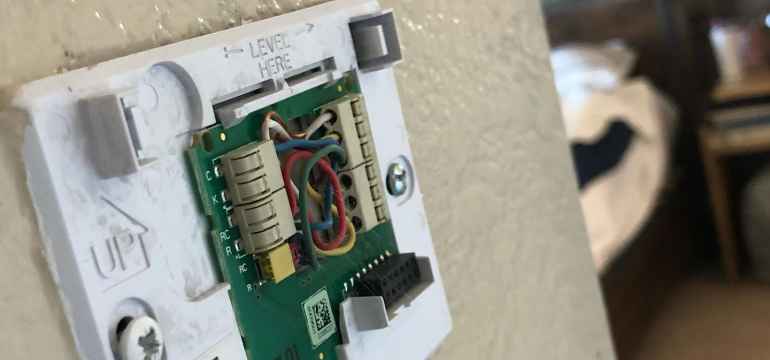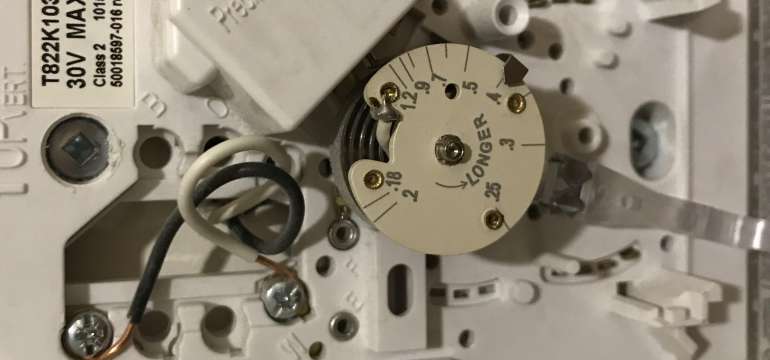Air conditioners need to run for the right amount of time to cool your house correctly. But if your air conditioner is short cycling, it may impact your home’s climate and reduce the efficiency of your system.
You can tell that your AC is short cycling when it turns off and on constantly. If you let this go unchecked, it could lead to a total failure of your system eventually.
That’s why we’ve created this article. It covers the primary causes of this problem and will tell you how to fix a short cycling air conditioner. So keep reading to learn more.
Why does an air conditioner short cycle?
There are quite a few different reasons why your AC could be short cycling.
- For example, your air filter could be clogged or dirty. When this happens, it reduces airflow to the system. And that can create overheating, which typically causes short cycling.
- It’s also possible that your evaporator coils are frozen. This can occur when you try to run your air conditioner while it’s cold outside. But it could also be an effect of various mechanical issues you may be having.
- Thermostat calibration issues can also cause short cycling. That’s because when this happens, your thermostat may tell the system to turn off and on at the wrong temperatures.
- Your air conditioner may also be too large for your home. When this happens, it cools down your space faster than it should. So a cycle can’t complete properly.
- Leaking refrigerant is another potential reason why your AC is short cycling. This causes the AC unit to work harder, which can create numerous effects that lead to this problem.
- Your AC unit’s electrical system could also be having problems. Or your low-pressure control switch may have failed. This can sometimes happen when the AC unit is operating at a lower pressure than it should be.
How can I prevent my air conditioner from short cycling?
There are a few different steps that you can take to fix this problem. We’ll outline the best strategy to fix a short cycling air conditioner below.
Step 1: Replace your filter

The first thing you want to do is replace your filter if you haven’t done so in a while. This is the easiest fix, and it’s a common cause of short cycling as well.
You’ll usually find your air filter either in a return duct near the thermostat or next to your unit’s air handler. Make sure to note the size of the filter before throwing it out, as you’ll need to know that when purchasing a new one.
Many filters have arrows on them, which show the direction that the air flows through them. Make sure that you line these arrows up to take air into your system instead of away from it.
Step 2: Look at your evaporator coils
Maybe you’ve already tried to replace your air filter, and you’re still having this problem. In that case, the next thing to do would be to check your evaporator coils and see how they’re functioning.
These are going to be located in your indoor air handler system. The evaporator coils take the heat and humidity out of warm air. So they need to work properly in order for your AC unit to function correctly.
Here are a few things to look for once you locate your coils:
- Condensation and moisture
- Dirt and dust
- An overflowing drain pan (check for a clogged drain line if you see this)
- Ice crystals around the refrigerant line
If you find any of these problems, then you’ll want to take action quickly, as leaving the problem unchecked could cause lasting damage.
With ice crystals, you want to begin by turning off the unit at the breaker box. The system should thaw out while you look for the cause (possibly leaking refrigerant).

A dirty evaporator coil
If you’ve got dirt built up around the evaporator coils, then you’ll need to clean them. Otherwise, the system is going to have to work much harder to do its job. And you’ll have an increased risk of freezing the coils in the future.
Step 3: Re-calibrate your thermostat

If you know there’s something wrong with your AC unit, you’ll often focus exclusively on the system itself. But thermostats can also be the source of the problems you’ve been experiencing with short cycling. It just may be tricky to spot.
The good news is that it’s really easy to check whether your thermostat is mis-calibrated or not. You can simply place an accurate thermometer next to your HVAC unit thermometer. Then, check it after 15 minutes and see if the two temperature readings match. If the readings are more than three degrees apart, then you’ve likely got a mis-calibration issue.
If you’ve got a mis-calibrated thermostat, then cleaning may help to solve the problem. You can do that by:
- Taking off the cover
- Using a brush, cloth, or Q-tip to wipe away dust and dirt
- Removing any corrosion that you find with an electrical contact cleaner
You could also need to make some adjustments if cleaning doesn’t work. For example, you might need to:

- Adjust your cycle times by moving the heat anticipator. There should be a small lever underneath a scale that says “longer” on one end. Move the lever in that direction to increase the cycle time.
- Make sure your thermostat is level. You can do this with a carpenter’s level. If the level is off, adjust it until the problem resolves.
- Make changes to your calibration screw. Some thermostats have a calibration screw that you can adjust to fix any potential calibration issues.
It’s also worth noting that you should have your thermostat in a central location that’s not too close to any sources of heat. You may have false readings if you don’t find a good location for your thermostat.
Step 4: Call an HVAC technician
Finally, if you’ve tried all of the potential fixes on our list and you’re still having issues, it may be time to call an HVAC technician. They can help you resolve some of the more difficult problems that can cause short cycling, such as the ones we’ll cover below.
Issues with refrigerant
You won’t ever need to replace or refill the refrigerant in your AC unit unless you have a leak. But if you have a leak, then it’s not something you want to try to resolve yourself.
Refrigerant is toxic, and it can be tough to replace it without either spilling some or causing some other damage to your system. So it’s better to let a professional take care of this for you.
Installing a new low-pressure control switch
Your system’s low-pressure control switch may also be responsible for the short cycling issues that you’ve been having. This is likelier to be the case if you’ve tried many of the other fixes on our list but are still having the same problem.
Once again, it’s better to let a professional do this for you, as it can be a pretty complicated component to replace.
Incorrectly sized unit
This is perhaps one of the most common reasons why AC units short cycle. People will often purchase incorrectly sized units for their homes. And when that happens, there’s really not much that you can do.
If your system is too large, then you’ll likely need to replace it with a new, smaller one to stop the short cycling. That being said, you may not necessarily need to do this right away if you can’t afford it.
Many people dislike short cycling because it causes some parts of the home to have too much humidity or remain too warm throughout the day. But you may be able to reduce the impact of this problem by adding a dehumidifier to one of your homes or purchasing a small window unit to supplement your home’s AC system.
This isn’t a long-term fix. But it could allow you to stay comfortable in your home until you can afford to replace your entire unit.
Air duct leaks
Finally, leaking air ducts can also be the reason why you’re having trouble with air conditioner short cycling.
Air ducts are what facilitate the flow of climatized air throughout your home. When they aren’t secured together properly, air can leak from them. And this can lead to a situation in which your AC unit has to work harder to regulate the temperature in your home.
On top of that, you may also end up having higher energy bills when you have leaking air ducts. But these can be hard to find and fix. So it’s best to let a professional deal with this issue as well.
- What to Do if Your House Smells Like Gas but There’s No Leak - February 6, 2023
- Why Is There a Burning Smell Coming From My Vents? - August 16, 2022
- How to Remove the Musty Smell From Your Air Conditioner - August 16, 2022

